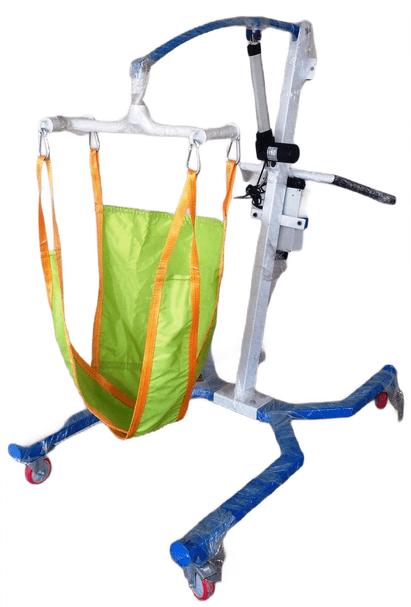In the realm of caregiving and healthcare, one of the most crucial tasks is transferring patients safely and efficiently from one surface to another by patient hoist. Whether it’s moving from a recliner to a bed or transitioning from a bed to a wheelchair, these maneuvers require proper techniques and sometimes specialized equipment to ensure the comfort and safety of the patient as well as the caregiver. In this guide, we will delve into the art of recliner to bed transfers, exploring procedures, equipment, and considerations for seamless transitions.
Understanding the Need for Proper Transfers
Transferring patients from a recliner to a bed or vice versa is not just about physical movement; it’s about preserving dignity, preventing injuries, and promoting independence. Improper transfers can lead to discomfort, falls, or even musculoskeletal injuries for both the patient and the caregiver. Therefore, mastering the transfer process is essential for providing quality care.
Essential Equipment: Patient Hoist and Transfer Chairs

In India, where caregiving practices are evolving rapidly, the availability of advanced equipment like patient lifting hoists and transfer chairs is transforming the landscape of patient care. Patient lifting hoists, also known as patient hoists, are mechanical devices designed to assist in the safe transfer of patients from one surface to another. These hoists come in various types, including ceiling-mounted, mobile, and portable models, offering flexibility in different caregiving settings.
Similarly, transfer chairs play a vital role in facilitating smooth transitions between surfaces. These chairs are specially designed with features like adjustable height, padded seats, and sturdy frames to provide stability and comfort during transfers. For those seeking reliable patient lift and transfer chair solutions in India, a variety of options are available to meet diverse needs.
Procedures for Recliner to Bed Transfers
Executing recliner to bed transfers requires a systematic approach to ensure safety and efficiency. Here’s a step-by-step guide:
- Assessment: Before initiating the transfer, assess the patient’s condition, mobility level, and any specific considerations such as injuries or medical devices.
- Preparation: Clear the space around both the recliner and the bed to create a safe environment for the transfer.
- Positioning: Position the patient near the edge of the recliner, with their feet flat on the ground and arms supported.
- Transfer: Utilize appropriate lifting techniques or assistive devices such as hoists or transfer chairs to move the patient smoothly onto the bed.
- Adjustment: Once on the bed, ensure proper positioning and comfort for the patient, including adjusting pillows or supports as needed.
- Post-Transfer Care: Provide any necessary assistance or support to the patient after the transfer, such as repositioning or addressing comfort issues.
Advantages of Recliner Beds with Patient Hoist
In recent years, recliner beds have gained popularity for their versatility and comfort, especially for patients who spend extended periods in bed. These beds offer adjustable positioning options, allowing users to find optimal comfort levels for activities like reading, watching TV, or sleeping. In India, the availability of recliner beds for home use or rental purposes provides families with practical solutions for caregiving at home.
Conclusion
Mastering recliner to bed transfers is not only about physical techniques but also about empathy, communication, and attention to detail. By utilizing appropriate equipment like patient lifting hoists and transfer chairs and following proper procedures, caregivers can ensure safe and dignified transfers for patients. As caregiving practices continue to evolve in India and around the world, prioritizing patient comfort and safety remains paramount in every transfer scenario.

